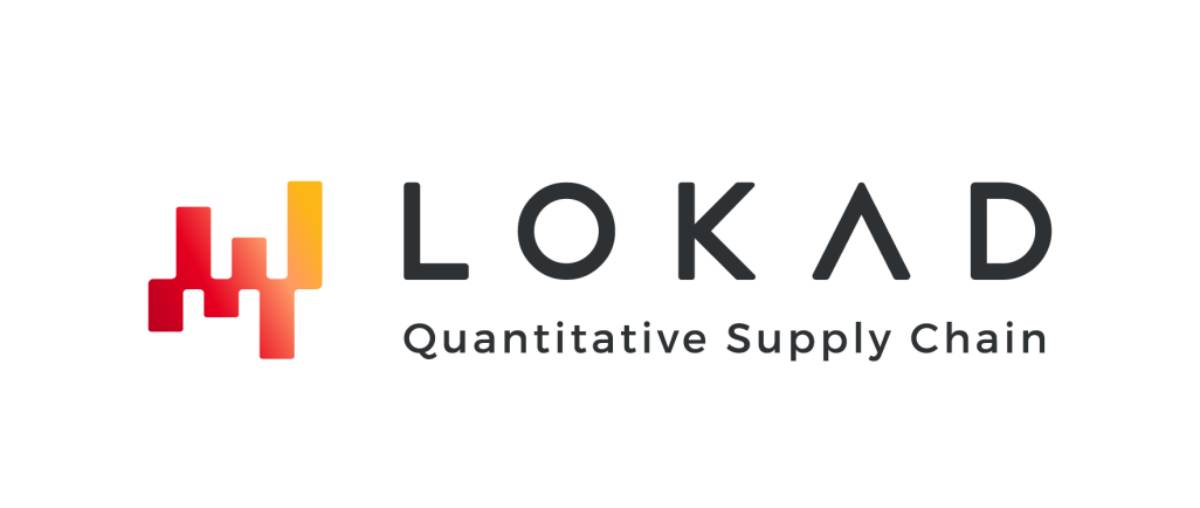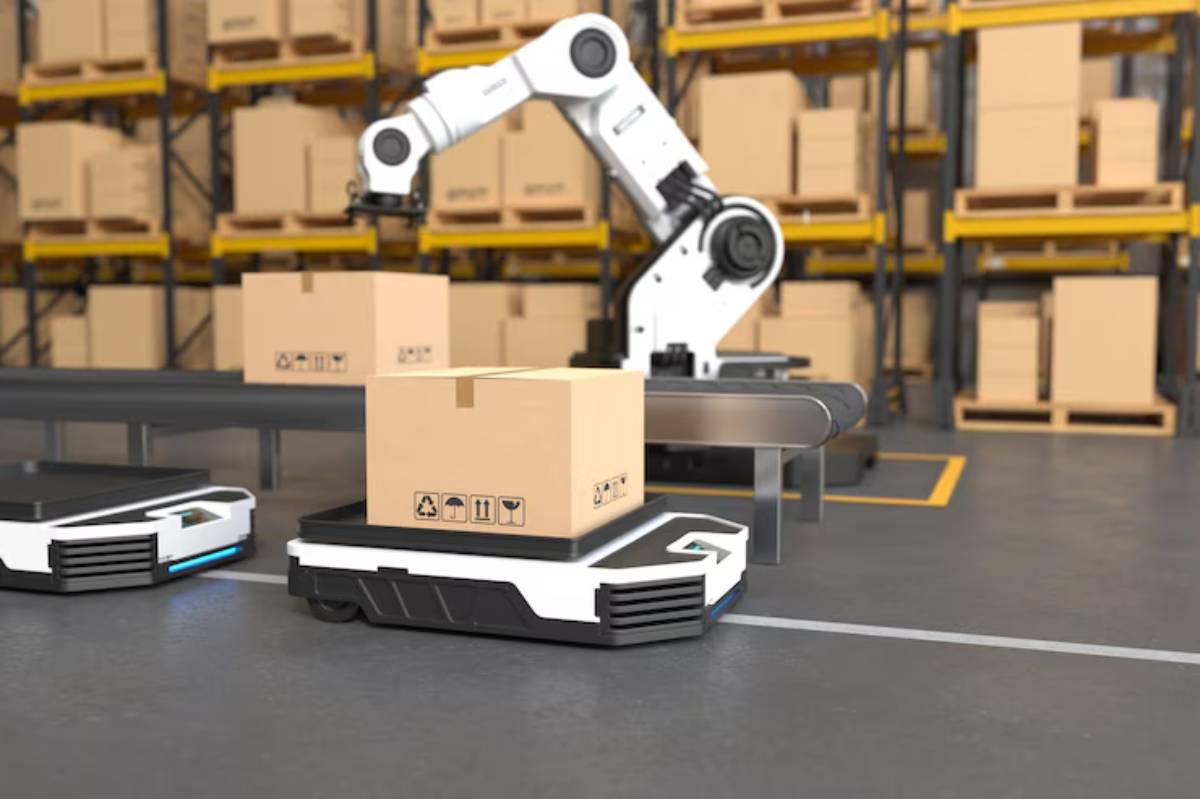
Leveraging AI for Inventory Optimisation
In today’s fast-paced world, success relies on speed, efficiency, and precision. Because of this, inventory management is changing rapidly. And at the heart of this revolution lies Artificial Intelligence (AI). The days of gut-feel stock reordering and Excel-based forecasts are fading fast. In their place? Smart, data-driven, AI inventory management systems that do more than just track stock—they predict, prevent, and perform.
If you run a modern supply chain or e-commerce business, mastering inventory optimisation with AI is not just helpful. It’s becoming essential.
In this guide, we’ll explore how AI tools change inventory planning. We’ll look at real-world examples and show you how to implement smart inventory strategies in your business today.
Why Traditional Inventory Methods Fall Short
Despite digital transformation in many business areas, inventory planning often remains outdated.
Common Problems:
- Overstocking: Tying up cash and storage space
- Stockouts: Leading to missed sales and customer churn
- Manual forecasting: Prone to human error and lacks agility
- Data silos: Sales, purchasing, and warehouse systems don’t talk to each other
Today’s supply chains are dynamic and multi-channel. They are also vulnerable to many factors, like geopolitical changes and viral social trends. Your inventory system must be equally agile.
What Is AI Inventory Management?
AI inventory management uses artificial intelligence. This includes machine learning (ML), predictive analytics, and data science. These tools help monitor, analyse, and optimise inventory.
Core Capabilities:
- Demand forecasting with higher accuracy
- Automated reordering and restocking
- Optimisation of warehouse space and fulfilment routes
- Real-time inventory visibility across multiple channels
AI systems learn from past data. They adapt over time, which helps them improve accuracy and performance.
Key Benefits of AI in Inventory Optimisation
1. Smarter Demand Forecasting
AI analyses historical sales, seasonality, promotions, weather, and more to forecast future demand. Unlike traditional models, it adapts to real-time data.
2. Dynamic Safety Stock Management
AI changes safety stock levels instead of keeping them fixed. It considers lead time changes, customer behaviour, and risk patterns.
3. Reduced Holding Costs
AI helps maintain optimal stock levels, reducing excess inventory and freeing up capital.
4. Improved Customer Satisfaction
Avoiding stockouts means fewer delays, fewer missed sales, and happier customers.
5. Data-Driven Decision-Making
Get actionable insights to improve product assortment, pricing, and promotions.
Real-World Applications: How Businesses Use AI for Inventory
Case Study: Online Fashion Retailer
A UK-based online clothing brand used to rely on spreadsheet forecasting. They often overstocked unpopular sizes and ran out of trending items. After implementing AI forecasting.
- 23% reduction in excess stock
- 17% increase in full-price sales
- 30% fewer stockouts during seasonal peaks
Case Study: Food Distributor
A food wholesaler applied AI to track expiry risk and reorder frequency. The result? They reduced food waste by 40% and improved delivery fulfilment by 25%.
Top AI Inventory Tools and Platforms
1. Lokad

Designed for retail and manufacturing. Uses probabilistic forecasting and cost-optimisation.
2. NetSuite Advanced Inventory
Combines ERP and AI for real-time inventory visibility.
3. E2Open
Great for multi-tiered supply chain forecasting.
4. Lily AI (For fashion and retail)
Enhances demand predictions based on customer intent and product attributes.
5. StockIQ
Perfect for distributors. Focuses on demand planning and supplier collaboration.
Find platforms that work with your current tools, like Shopify, ERP, POS, and WMS. They should have flexible dashboards, alerts, and predictive analytics.
Implementing AI Inventory Management in Your Business
1: Audit Your Current System
Start with a baseline: Where are the bottlenecks? What’s your stockout rate? What’s your inventory turnover?
2: Clean and Consolidate Your Data
AI relies on clean, structured data. Ensure all your systems (sales, CRM, WMS) are integrated.
3: Select the Right AI Platform
Choose one that suits your business size, industry, and inventory complexity.
4: Train Your Team
Your team should know how AI makes decisions. They should also understand how to override or interpret alerts.
5: Start Small and Scale
Pilot with one product category or warehouse. Measure outcomes before expanding.
For best results, pair AI with sound replenishment practices like Setting Reorder Points and Safety Stock Levels.
Overcoming Common Challenges
1. Data Quality Issues
Messy or incomplete data will throw off AI predictions. Ensure consistent naming conventions, accurate timestamps, and no duplicate entries.
2. Change Management
Teams may resist trusting a “black box”. Emphasise that AI supports, not replaces, human decision-making.
3. Integration Complexity
Choose tools with robust APIs or hire a consultant for smooth integration.
4. Over-Reliance on AI
Use AI as a guide, not gospel. Layer it with human judgement and context.
The Future of AI Inventory Management
1. Hyper-Personalised Forecasting
AI will soon predict demand not just by product, but by customer segment or even individual user.
2. Autonomous Warehousing

AI will manage stock movement and replenishment without human input.
3. Environmental Impact Tracking
AI will optimise not only for cost but also for carbon footprint and sustainability.
4. Conversational AI Interfaces
Imagine asking your system: “What should I reorder this week?” and getting an answer.
Practical Tips for Smart Inventory Planning with AI
- Use ABC analysis to identify high-priority SKUs for AI optimisation
- Update forecasts weekly, not monthly
- Factor in external data: social trends, weather, public holidays
- Set review triggers for slow-moving inventory
- Combine AI with human insight during high-stakes events (e.g. Black Friday)
Conclusion: Make Your Inventory Intelligent
Managing inventory today is about more than numbers. It’s about agility, accuracy, and insight. AI-driven inventory optimisation helps you forecast demand, automate restocking, and cut waste. This keeps your customers happy.
The shift doesn’t need to be overwhelming. Start with clean data, clear goals, and a flexible tool. Watch as your inventory shifts from a cost centre to a strategic advantage.
So, are you ready to make the leap from reactive to predictive? Leave a comment below if you’ve used AI in your supply chain or want advice on where to begin.
Want to deepen your knowledge of prioritisation? Read more about Using ABC Analysis for Inventory Prioritisation.


